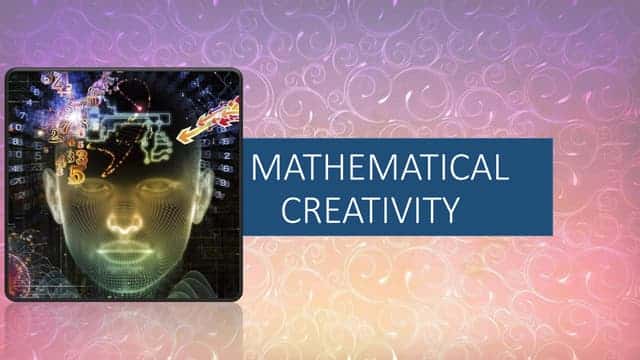Understanding Creativity Through Mathematics

A groundbreaking research study has explored the mathematical principles that govern creativity and innovation. This study sheds light on how new ideas emerge across various domains. By analyzing extensive data, researchers have identified patterns that enhance our understanding of how individuals and societies generate novel concepts. The study focuses on two types of novelty: discovering entirely new elements and forming unique combinations of existing elements. The implications of these findings could be significant in fields such as science, literature, and technology, where innovation is crucial for progress.
Mathematical Framework for Creativity
The study, published in Nature Communications, introduces a new framework to model the emergence of new ideas. Led by Professor Vito Latora from Queen Mary University of London, the research team concentrated on higher-order novelties. These are combinations of familiar elements that result in something entirely new. In an interview with Phys.org, Professor Latora emphasized that this study is part of a larger effort to understand the mechanisms behind creativity. The goal is to identify factors that contribute to the success of ideas, products, and technologies.
To achieve this, the researchers developed a mathematical model known as Edge-Reinforced Random Walk with Triggering (ERRWT). This model simulates how individuals discover and combine elements. Unlike traditional random walks, which assume equal probability for each step, ERRWT strengthens frequently used connections. It also triggers new links when novel combinations occur. This process closely resembles real-world discovery. In reality, repeated exposure to certain elements increases the likelihood of forming new associations. This innovative approach offers a fresh perspective on how creativity functions.
Analysing Patterns Across Domains
The research team applied the ERRWT model to three distinct datasets: music listening habits from Last.fm, literary texts from Project Gutenberg, and scientific publications from Semantic Scholar. The results revealed that while individuals might discover new elements at similar rates, the sequences in which they arrange these elements can differ significantly.
For instance, in the realm of music, certain users developed unique listening patterns, even though they discovered the same number of new songs. In literature, writers often created new word pairings instead of introducing entirely new words. This trend was particularly evident in scientific papers, where titles showed a higher tendency for novel word combinations compared to narrative texts. These findings suggest that creativity is not just about the quantity of new elements discovered but also about the unique ways in which they are combined.
Predicting Innovation with Heaps’ Law
The study also highlighted that the process of creating novelty follows Heaps’ law. This power-law relationship describes how new elements and combinations emerge over time. By applying this principle, researchers can predict varying rates of innovation across different disciplines. The results indicated that while some fields prioritize the discovery of individual elements, others focus on recombining existing ones in unique ways.
This understanding of Heaps’ law can help researchers and innovators anticipate trends and shifts in creativity. By recognizing the patterns of novelty creation, they can better navigate the complex landscape of innovation. This predictive capability could be invaluable for industries that rely heavily on creative processes, such as technology and the arts.
Implications for Future Research
The findings from this study suggest that a deeper understanding of how creative processes unfold could refine strategies for fostering innovation. Professor Latora noted that studying novelty creation is essential for identifying the factors that contribute to the rise and decline of trends, products, and ideas. Future research aims to expand the ERRWT model by incorporating a social component. This addition could provide valuable insights into how external influences shape creative developments.
As researchers continue to explore the mathematical underpinnings of creativity, the potential applications are vast. From enhancing educational methods to improving product development, understanding creativity through mathematics could lead to significant advancements across various fields. The study opens the door for further exploration into the intricate relationship between mathematics and creativity, paving the way for future innovations.
Observer Voice is the one stop site for National, International news, Sports, Editor’s Choice, Art/culture contents, Quotes and much more. We also cover historical contents. Historical contents includes World History, Indian History, and what happened today. The website also covers Entertainment across the India and World.
Follow Us on Twitter, Instagram, Facebook, & LinkedIn

